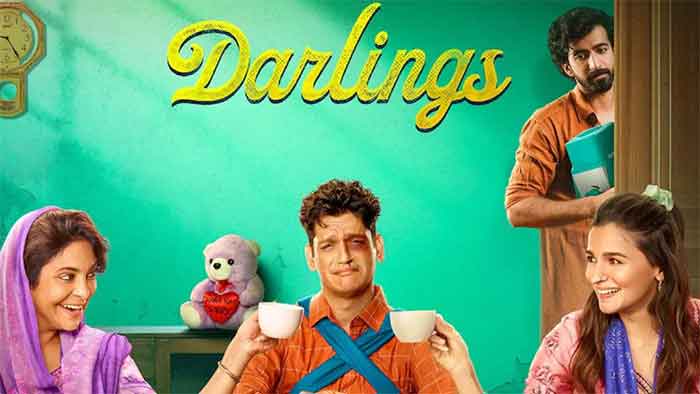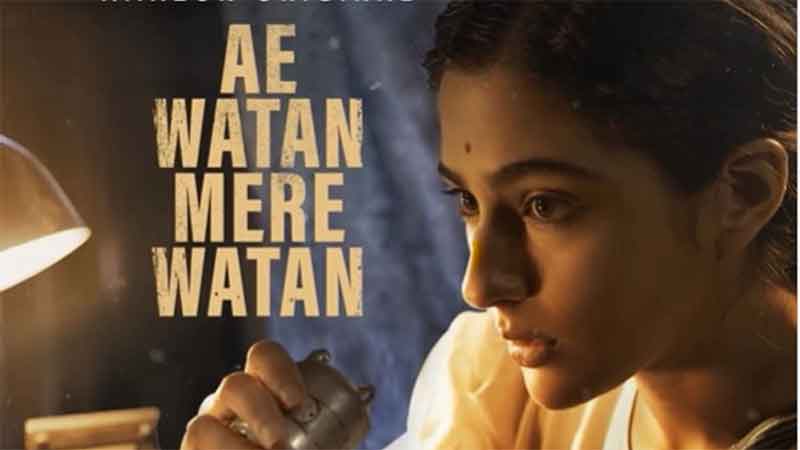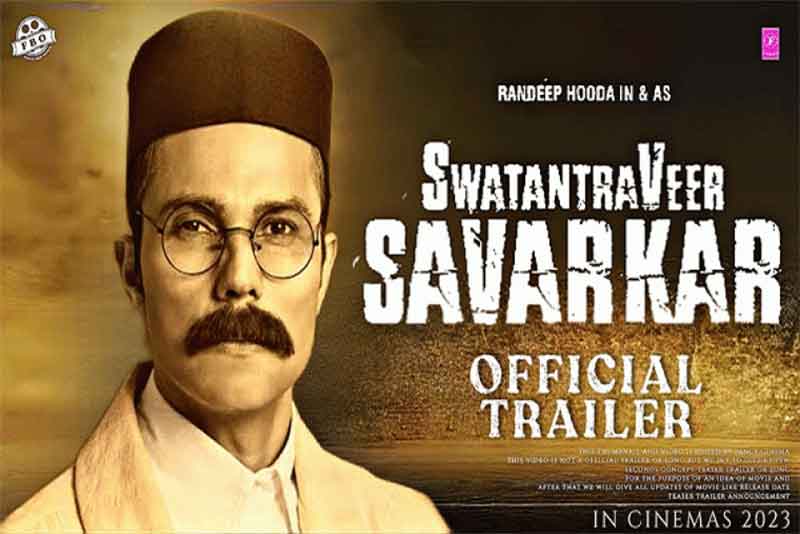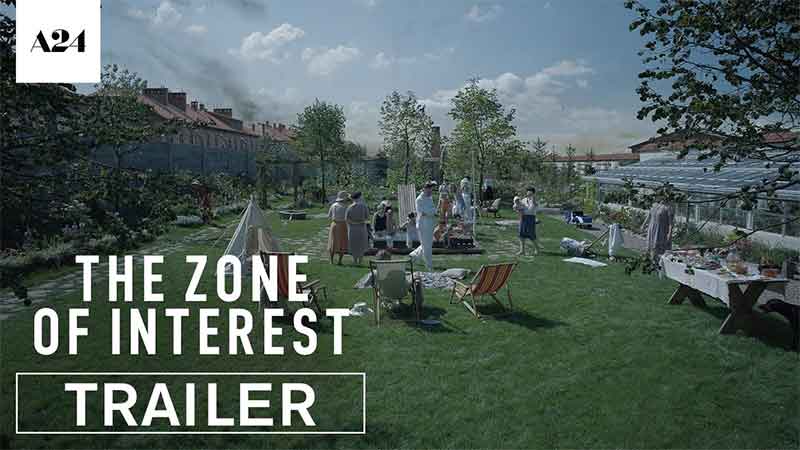
The movie ‘Darlings’ has recently received a lot of backlash and its storyline has been critiqued as a “pseudo-feminist” revenge of domestic violence. It has also been called vengeful and guilty of portraying men in the wrong light. The task that the movie leaves us with, however, is much more nuanced than the concerns of male representation. Underneath this basic Bollywood drama and dark comedy lies a very important question: why do victims of domestic violence don’t just walk away from their abusive partners?
The answer to that is not as simple as we like to believe.
‘Darlings’ revolves around Badru, her lover-turned-husband Hamza and the anxieties of their marital life. Through multiple episodes of abuse, violence, reconciliation and hope, the film reflects everyday realities of the characters in a seemingly ‘normal’ middle-class Indian family.
Badru is repeatedly abused by her husband, almost on a regular basis. Despite constant nudges by her mother to end the marriage, Badru attempts to see the silver lining in her relationship: “He is not a bad person…it is the alcohol that makes him an animal, he can change”. Moreover, there is a constant reminder of ‘love’ being a binding factor in her marriage, above and beyond all inconveniences. The highlight of the entire film, in fact, is Hamza’s seemingly taken-for-granted dialogue in the police station when Badru does decide to file section 498 (A) against him: “Pyaar nahi karta toh maarta kyu? Tum pyaar nahi karti toh sehen kyu karti?” (If I didn’t love you, why would I abuse you?. And if you didn’t love me, why would you let me abuse you?). Everything is zeroed upon the thing called ‘love’, not the violence! ‘Love’ that involves Badru tolerating that her husband chokes her on finding stones in his biryani rice, forgetting and forgiving him for ‘games’ that severely leaves her injured and, of course, overlooking the gas-lighting. Worse still, she fails to recognize it as ‘abuse’ or wrongful until it reaches to an extremity where he pushes her down the stairs causing her a miscarriage.
Why does that happen? Are people simply ignorant?
Sociologist Pierre Bourdieu had conceptualized the idea of ‘symbolic violence’ to explain such social realities. Violence sometimes masks itself in everyday interactions and practices and often goes unnoticed; it doesn’t seem like violence at all because it is deemed as ‘normal’ occurrence in a relationship. Pati-patni me aise jhagde toh hote rehte hai (These things keep happening between spouses). Violence, in fact, has multiple layers, manifesting itself in various forms and often getting wrongly labelled as innocent ‘tough love’. It is less about direct coercion rather a normalization of these everyday acts of violence to an extent that the dominated don’t even question the power-relations between themselves and the perpetrator. The abuse becomes “ghar ki baat” (personal matter) and the trauma is masked as “meri hi galti thi, unko gussa aa gaya” (it was my fault, i made him angry). Also, what happens after the violence plays a significant role in how the violence is perceived. More often than not (as in Hamza’a case too), display of ‘love’, ‘tenderness’, ‘sexual affection’, ‘guilt’ by the abusers leads the victims to misrecognize the power dynamics at play. Rather than holding the perpetrator accountable for their act, the victims are often left in a dilemma of whether they might have caused the ‘unpleasant situation’ with an otherwise ‘loving’ person. And most of it is blamed on an external element-alcohol (as in the case of Hamza) – instead of locating it as a problem in the person who abuses. The police officer’s response to Badru’s mother needs to be a highlight of this matter: “Marad log daaru peeke jallad kyu ban jata hai” (why do men turn into such monsters when drunk), she asks to which he responds “Kyunki Aurat banne deti hai” (Because women let them). The blame is on the alcohol and the woman who lets alcohol claim the best of her husband. To add on to that, the belief that ‘tolerance’, ‘docility’, ‘forgiveness’ are true signs of ‘love’, especially for women, makes it a complicated situation. For Badru, the choice of leaving her husband wasn’t easy because a major part of her life revolved around being his wife. The husband who would abuse her over trivial issues at night emerged a changed person the next morning, promising to give her a better life, swearing on their love as a testimony! And we can’t even imagine how many Badrus may be suffering silently and even unknowingly within the confines of their ‘personal matters’. Many may even be living under the false belief that their level of tolerance is directly proportional to their success in a relationship.
Significantly, there are also complicated ideas of a ‘good victim’ and a ‘bad victim’ in the light of which the backlash against Badru’s revenge (as being too violent, anti-men, pseudo-feminist, etc.) can be located. Probably the audience would be content to see a ‘happy ending’ with Badru forgiving her husband. However, that is something that the plot bravely denies. What we really need to understand is that breaking the cycle of violence is not as simple as forgiveness, walking out of a relationship or calling quits. Perception is the key. Till the time a victim recognizes that she/he is indeed a victim of violence, nothing can be challenged. It is important to remember that violence is not always about broken ribs, swollen arms or bleeding noses. Sometimes it can also express itself in the form of lack of self-confidence caused by one’s partner, constant self-doubt, feeling unloved, judged and fear of expressing oneself in a relationship. The list can go on; Badru learnt it the hard way. But to clarify a simple point here- love does not co-exist with fear or violence. If anything, love sets us free from our fears or helps us face them with grit. Let abuse not be mistaken as an outcome of love, it can never be!
Sabiha Mazid is an Assistant Professor of Sociology at Jesus and Mary College, University of Delhi. She specializes in Media, Gender and Childhood Studies.

















































